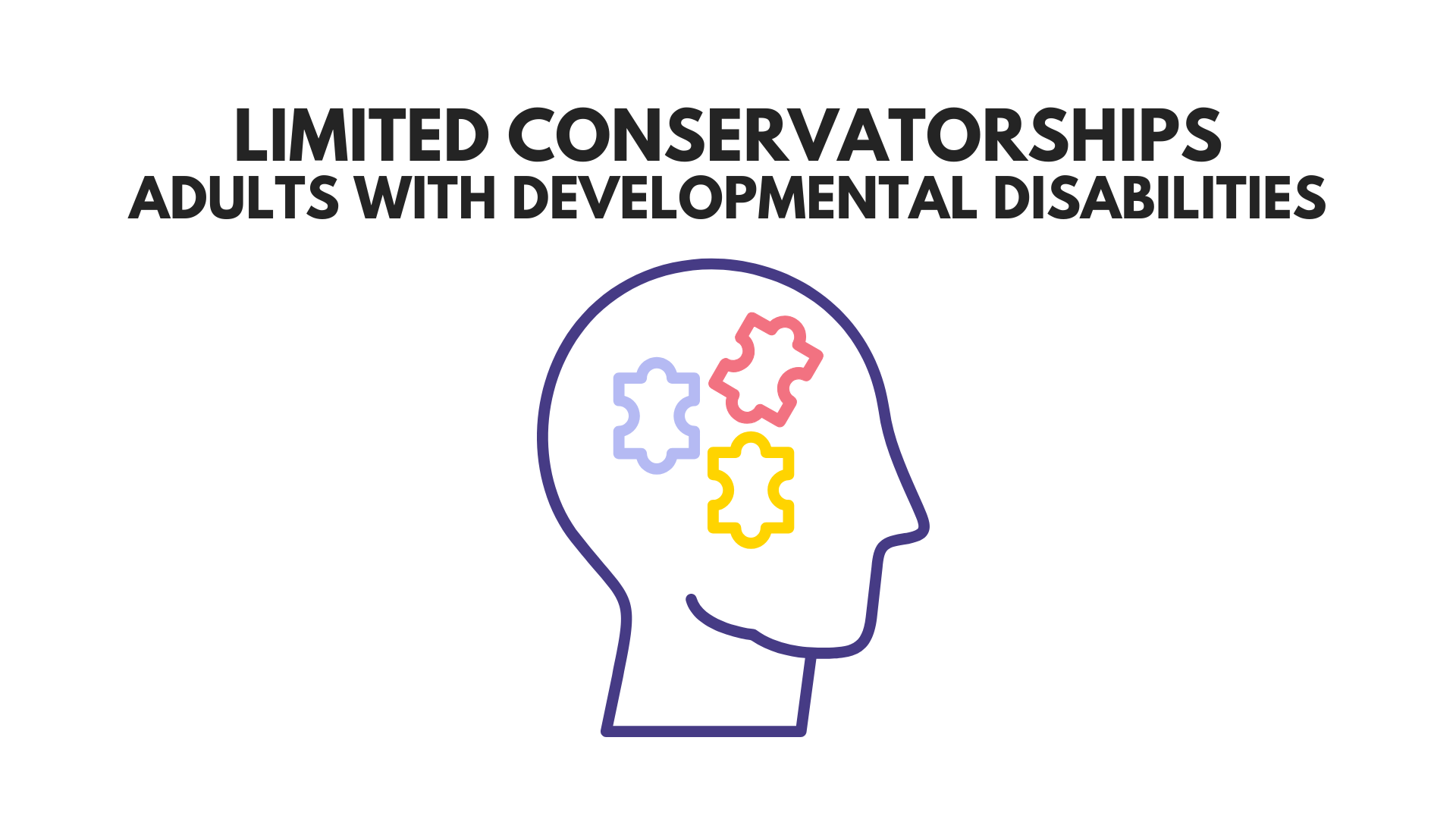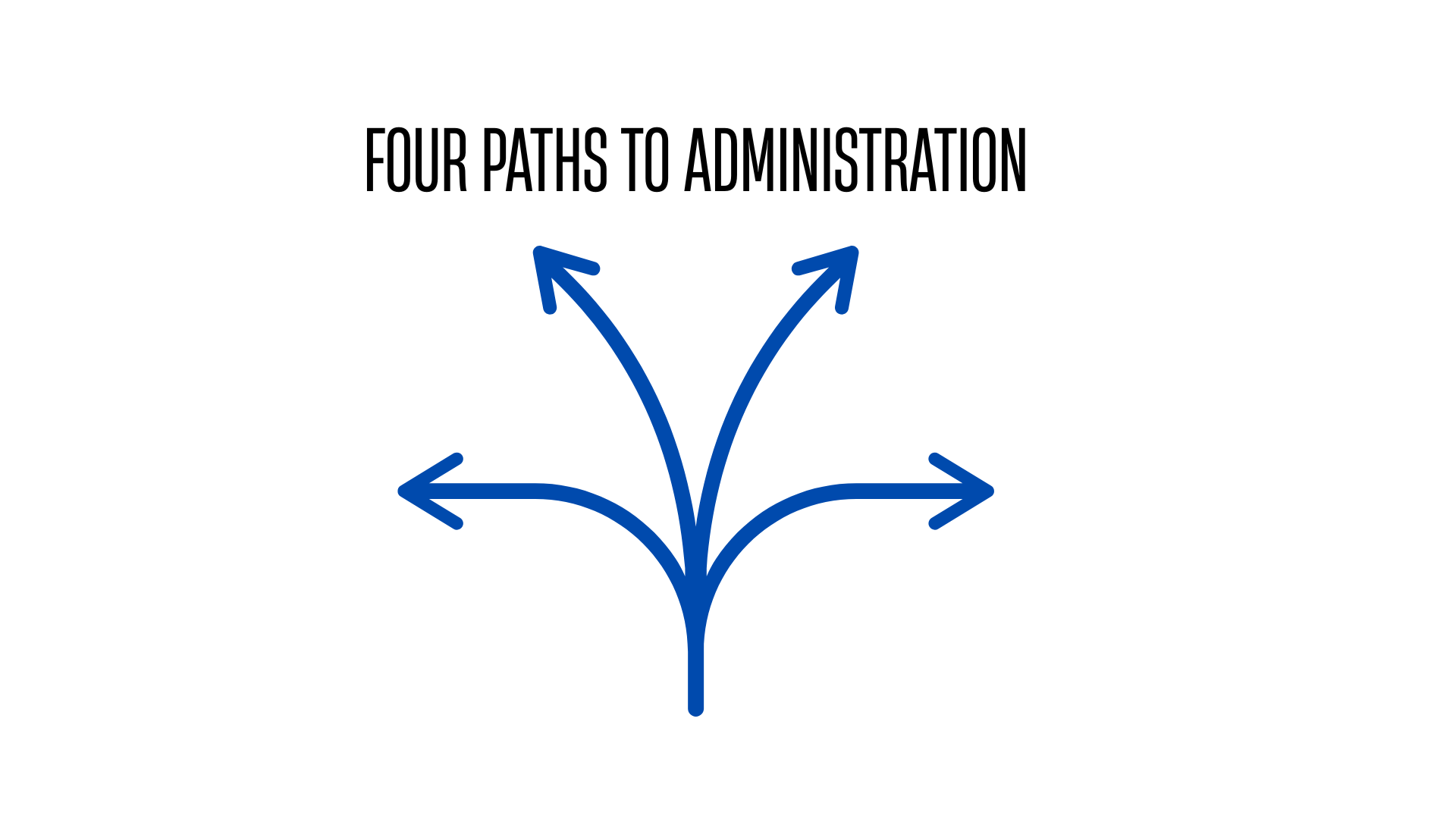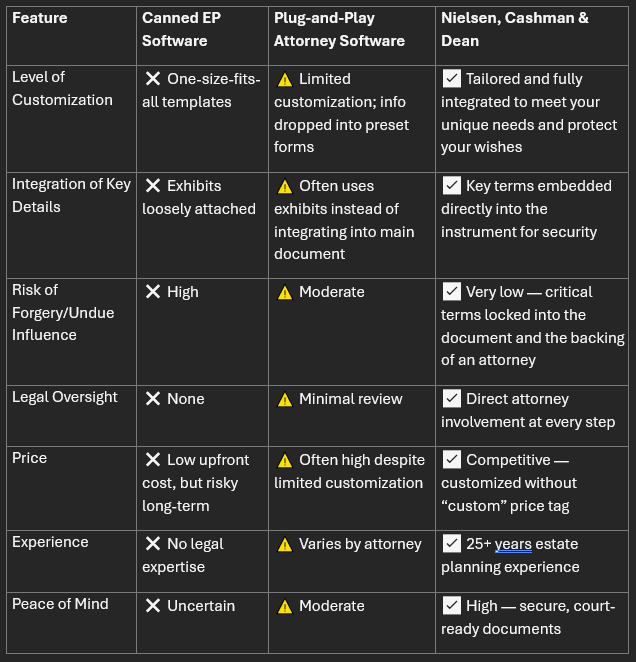STRAIGHT TALK WITH NIELSEN CASHMAN & DEAN
Our BLOG offers trusted legal insights on estate planning, elder law, conservatorships, probate, family law, and business matters. Whether you're planning for the future or navigating complex legal challenges, our attorneys share updates, tips, and guidance to help you make informed decisions with confidence.
The information provided on this blog is for general informational purposes only and does not constitute legal advice. Reading or interacting with this blog does not create an attorney-client relationship.
Medi Cal Long Term Care in 2025: Practical Planning for California Couples, Families, and Caregivers
• In 2025, the Minimum Monthly Maintenance Needs Allowance (MMMNA), which is the income floor for the spouse at home, is $3,948/month. Counties may approve more via hearing or a court order when the community spouse’s actual needs are higher.
• Through December 31, 2025, California does not apply an asset test to Non MAGI Medi Cal, including long term care. DHCS plans to reinstate asset limits no sooner than January 1, 2026, with further guidance to come.
• For long-term care applications in 2024–2025, counties do not review or penalize transfers made on or after January 1, 2024. Transfers before that date can still trigger a penalty under a shrinking, date bound look back that disappears entirely by mid 2026.
• Spousal impoverishment protections (like the community spouse income allowance) continue to apply to HCBS at least through September 30, 2027.
• For deaths on/after January 1, 2017, Medi Cal estate recovery is generally limited to probate assets and to certain long term care services. Proper titling and trust planning keeps many assets outside probate and avoid recovery claims.
1) Stabilize the healthy spouse’s income (increase the MMMNA)
When one spouse needs nursing home care, Medi Cal allows part of the institutionalized spouse’s income to be allocated to the spouse at home to reach the MMMNA. If the at home spouse’s actual budget (mortgage/rent, taxes/insurance, utilities, and health insurance premiums) justifies more, we can seek a higher allowance by court order. A court ordered spousal support amount becomes the minimum income the community spouse must receive.
For example, if expenses support an MMMNA of $4,400, we can ask the court to raise the MMMNA above the standard $3,948 to meet demonstrated need. The difference is then allocated from the nursing home spouse’s income before calculating the patient responsibility amount.
2) Use Probate Code § 3100 et seq. when a spouse lacks capacity
If a spouse has dementia or another incapacity and cannot sign off on retitling, selling, or encumbering community assets, we can petition the court under Probate Code §§ 3100–3102 to authorize a specific transaction that benefits the marital community (for example, transferring title, creating estate plans, or funding needed fixes at the home so the healthy spouse can remain there). The statute lets the court approve transactions involving community property even when both signatures would ordinarily be required.
This tool matters in crisis planning: it gives a path to reposition assets (e.g., out of an incapacitated spouse’s name, into a living trust, or to the community spouse) so the healthy spouse can access funds, keep the residence sustainable, and align the estate plan with care goals.
3) Plan for the asset test returning in 2026 (and for the CSRA)
Even though assets are not considered for eligibility in 2024–2025, DHCS has announced that asset limits will be reinstated no sooner than January 1, 2026. When that happens, the Community Spouse Resource Allowance (CSRA), the amount the at home spouse can keep, again becomes central. Federally, for 2025, the CSRA ranges between $31,584 and $157,920, and hearings/court orders can adjust it when needed to generate enough income to reach the MMMNA (the federal “income first” rule applies). California has not been publishing a CSRA during the no asset test period, but the federal benchmarks give a planning frame for 2026 and beyond.
4) Navigate transfer penalty landmines (and why timing matters)
California has paused transfer penalty reviews for transfers made on or after January 1, 2024 for long term care Medi Cal. Counties still review pre 2024 transfers under a diminishing look back and can impose a limited period of ineligibility (with hardship review). This means your 2025 planning must consider older gifts and title changes—but new transfers are treated differently until DHCS issues 2026 guidance. Getting this wrong can delay coverage or increase out of pocket costs.
5) Keep an eye on HCBS options
Spousal impoverishment protections currently apply to home and community based services through at least September 30, 2027, which can allow a spouse to receive in home or community care while preserving the at home spouse’s income. This is often a lifeline for couples trying to avoid premature nursing home placement.
• Third Party Special Needs Trusts (SNTs). Built into your estate plan and funded with your assets at death. Properly drafted, they do not require payback to the State at the beneficiary’s death and allow trustees to supplement benefits for life.
• First Party SNTs. Funded with the beneficiary’s own assets (inheritance or lawsuit proceeds). Classic options are an individual (d)(4)(A) SNT (requires disability and funding before age 65) or a pooled (d)(4)(C) SNT (available at any age through a nonprofit). First party trusts must include Medicaid payback provisions. Court approval and notice to DHCS are required in many cases, especially for minors or court settlements.
• CalABLE accounts (529A). For smaller sums and day to day flexibility, CalABLE lets eligible individuals save and spend for qualified disability expenses without jeopardizing SSI/Medi Cal. These accounts often work alongside SNTs.
• “Can we raise the at home spouse’s allowance above $3,948?” Yes—by court order with evidence of exceptional expenses; a court ordered support amount sets the minimum allocation.
• “Do we still need to worry about gifts or transfers?” New transfers in 2024–2025 aren’t reviewed for LTC penalties, but pre 2024 transfers can still bite. Also, tax, creditor, and family law consequences remain; plan deliberately, not reactively.
• “Should we change title if my spouse has dementia and can’t sign?” Possibly—via a § 3101 court petition that authorizes the transaction without exposing anyone to personal liability for signing on the spouse’s behalf.
• “Will Medi Cal take the house?” Not if it avoids probate under California’s post 2017 rules and other recovery limits apply. Proper deeds, beneficiary designations, and trust planning are key.
• “My adult child on SSI is inheriting—what now?” Redirect the gift to a properly drafted third party SNT or, if funds are already in the child’s name, establish a first party SNT (or pooled SNT) with required DHCS notice/payback rules. Consider a CalABLE account for smaller, routine expenses.
• In 2025, eligibility is easier (no asset test), but income allocation and sound court supported transactions matter more than ever.
• In 2026, assets return to the spotlight. Building a plan now prevents forced sales, frantic transfers, and budget shocks later.
• For families with disabled loved ones, the right SNT/ABLE structure keeps benefits intact while improving quality of life.














